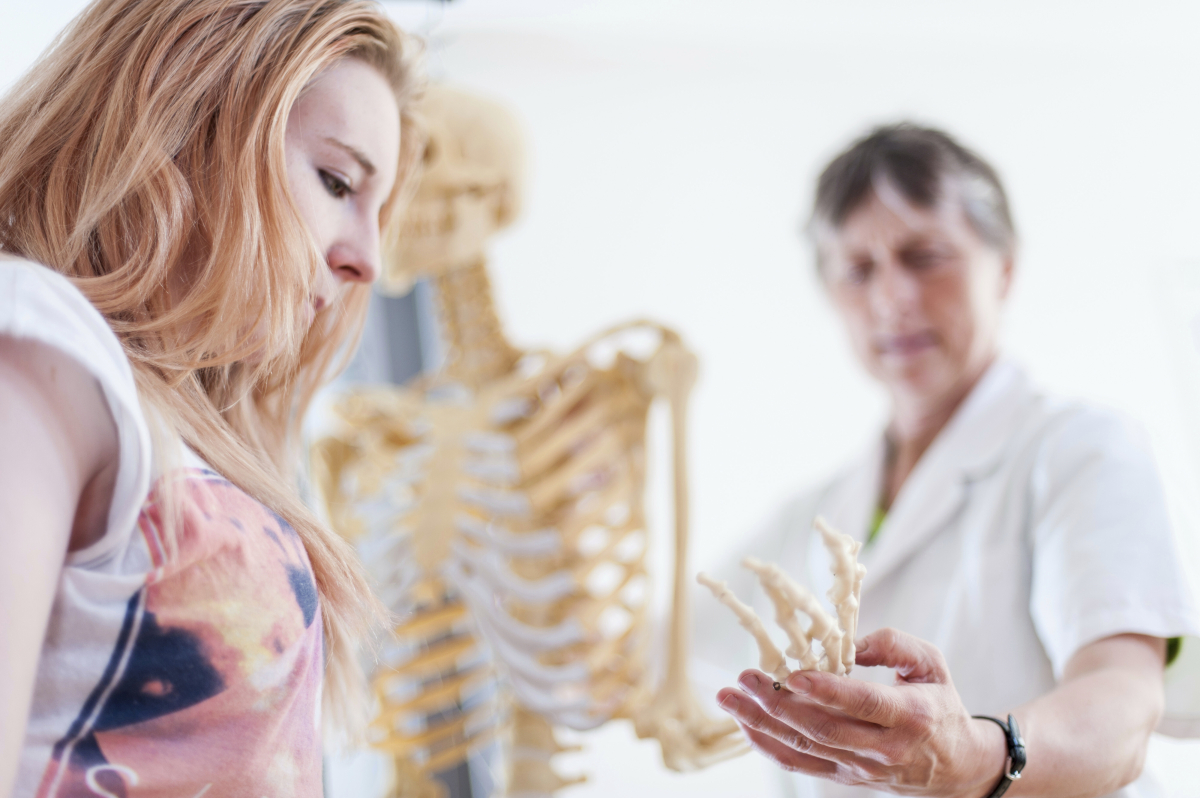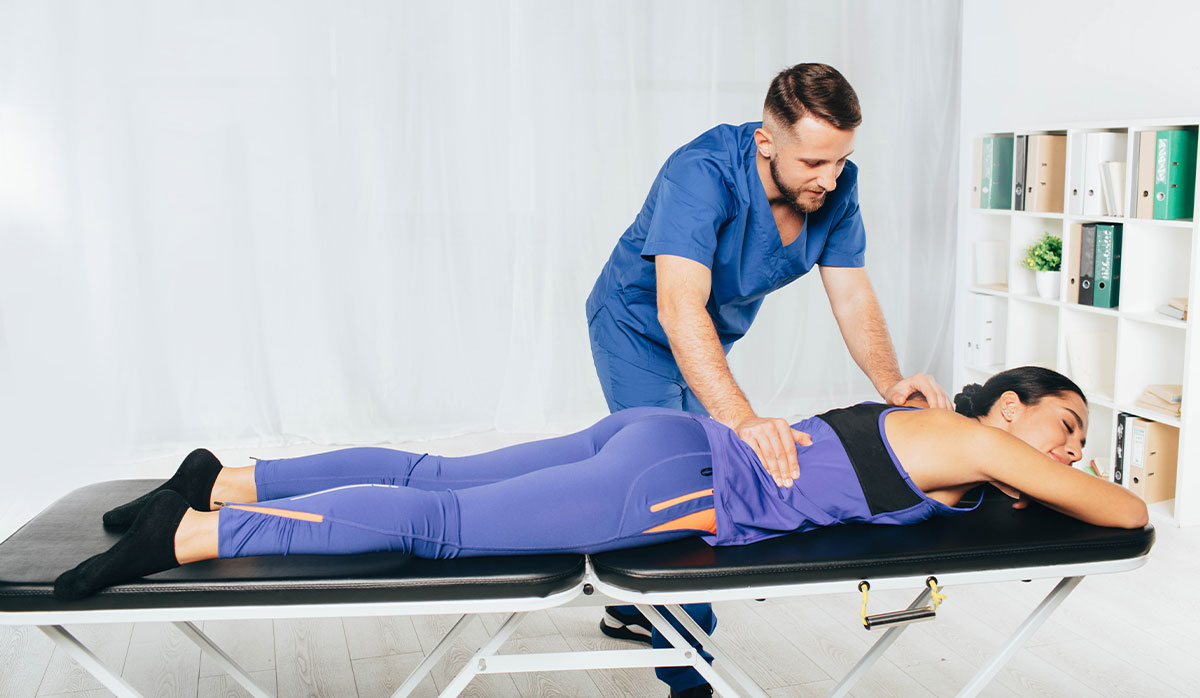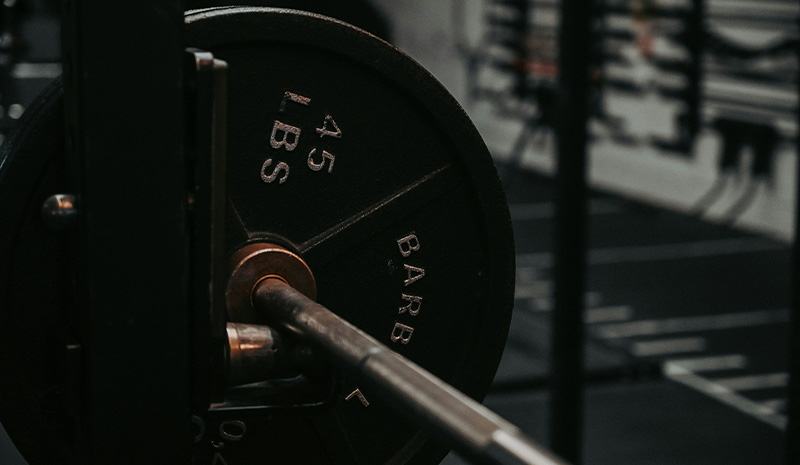The Benefits of Exercise on Osteoporosis: The Biochemical Response to Mechanical Stress
Osteoporosis is a condition that weakens bones, increasing the risk of fractures. While medication is often necessary, physical exercise plays a crucial role in improving bone density by stimulating biochemical processes that promote the formation of new bone tissue.
Mechanotransduction and Bone Response
Physical exercise, especially weight-bearing activities (such as weightlifting), triggers a biological response in bones known as mechanotransduction. This process occurs when bones are subjected to mechanical stress and, as a result of micro-damage to collagen fibers, bone cells (osteoblasts) are activated to produce new bone tissue. The outcome is an increase in bone density, which reduces fragility and fracture risk.
Role of Osteocalcin and Bone Minerals
Physical activity boosts the production of osteocalcin, a key protein for bone mineralization. Osteocalcin stimulates collagen synthesis and the deposition of hydroxyapatite, making bones harder and more resistant. Moreover, exercise stimulates the production of growth factors such as IGF-1, which further enhances osteoblast activity and bone strengthening.
Hormones and Exercise
Exercise also promotes the release of parathyroid hormone (PTH), which stimulates bone mineralization and reduces bone resorption. It can also increase levels of estrogen and testosterone, essential hormones for maintaining bone density—particularly in postmenopausal women.
Most Effective Workouts for Osteoporosis
The most effective exercises to improve bone density are those that apply load to the bones. These include weightlifting (even with light weights) and brisk walking. Activities such as yoga and Pilates, which improve balance and posture, are excellent for fall prevention, thus lowering fracture risk. It’s important to choose a training program that suits your physical condition, always under the supervision of a qualified professional.
Conclusion
Physical training stimulates osteocalcin production, improves bone mineralization, and strengthens bones. Weight-bearing exercises like lifting weights or running are particularly effective at promoting bone health, reducing the risk of osteoporosis, and improving overall bone resilience. A targeted exercise program is essential for those with osteoporosis, helping to counteract bone deterioration and enhance quality of life.

Every mindful movement is an act of strength against the fragility of osteoporosis.
Simone Ricciardi








